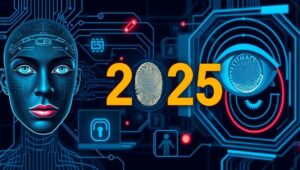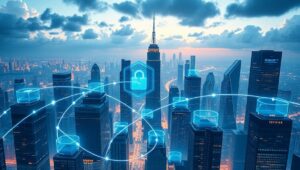May 23, 2025
Continuous Authentication and Behavioral Biometrics (2027)
Continuous Authentication and Behavioral Biometrics (2027) In 2027, the landscape of cybersecurity has evolved significantly. Traditional authentication methods, such as passwords and one-time codes, are increasingly vulnerable to sophisticated attacks. Continuous authentication and behavioral biometrics have emerged as vital solutions to enhance security and user experience. This article explores the key concepts, applications, and future trends of these technologies. What is Continuous Authentication? Continuous authentication is a security process that verifies a user’s identity throughout their session, rather than just at the initial login. This method relies on ongoing monitoring and analysis of various factors to ensure that the user












